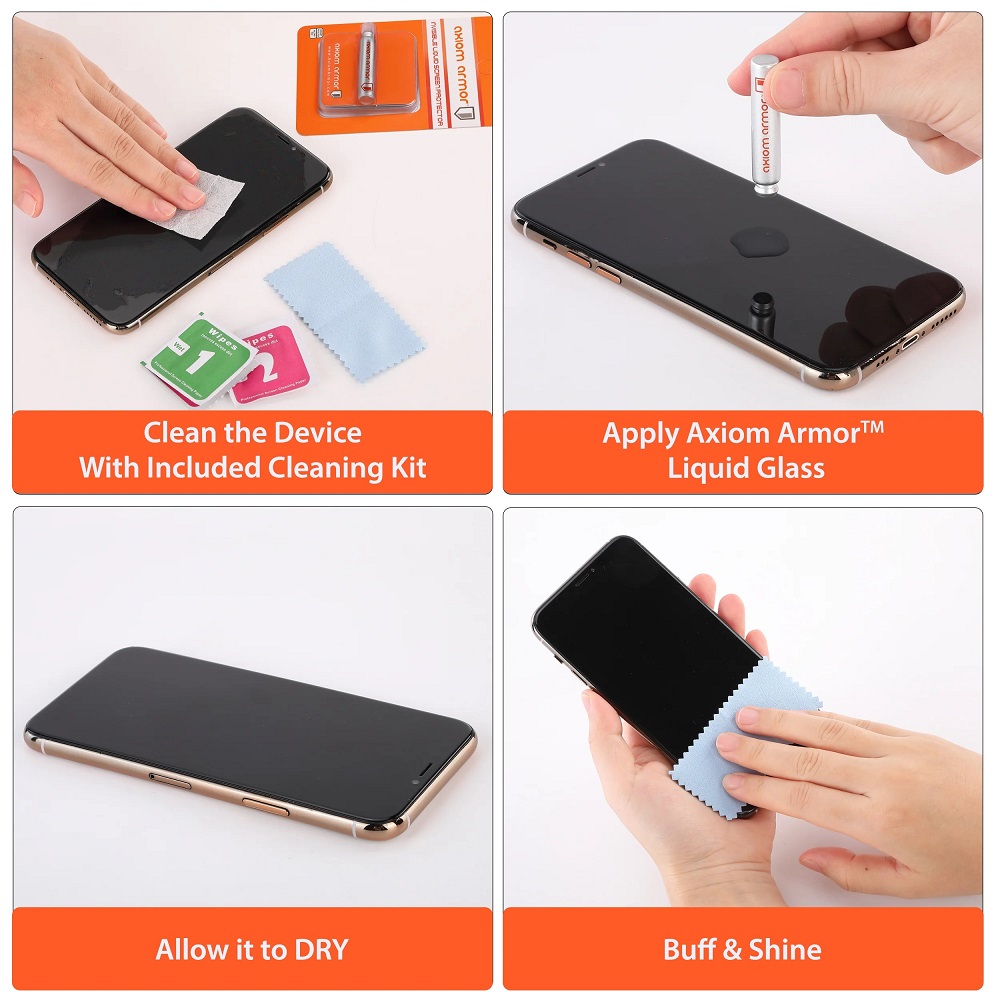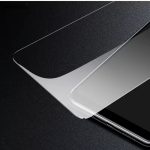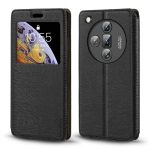Introduction to Liquid Screen Protectors
Liquid screen protectors use innovative nanotechnology for screen safety. They create a molecular level bond with your device’s screen through a liquid solution. This process increases scratch resistance significantly. Liquid screen protectors are versatile, suitable for various devices like smartphones, tablets, and even glasses. Their main component, silicone dioxide (SiO2), enhances screen durability against everyday scratches and minor impacts. Though they excel in scratch protection, their performance in preventing screen shattering from high impacts is limited compared to tempered glass options. Liquid screen protectors boast an easy application process, offering a bubble-free and smooth finish. They also generally maintain the original touch sensitivity of the device’s screen. Additionally, these protectors add a hydrophobic layer, making the screen easier to clean and less prone to fingerprint marks. Despite these advantages, they may require reapplication over time depending on usage and may involve a higher initial investment than traditional screen protectors.
Limitations in Impact Protection
When opting for a liquid screen protector, it’s crucial to understand its limitations in guarding against impacts. Although liquid protectors enhance scratch resistance, they offer less protection from severe impacts compared to tempered glass screen protectors. Here’s a breakdown of the impact protection limitations associated with liquid screen protectors:
- Inferior Shatter Resistance: The liquid solution is excellent at resisting scratches but lacks the buffer needed to absorb shocks from drops that can cause the screen to shatter.
- Less Cushioning Effect: Unlike the thicker glass protectors, liquid versions don’t provide a cushioning layer that helps in mitigating force upon impact.
- Not a Substitute for Impact Protection: If you’re prone to dropping your device, relying solely on a liquid protector isn’t recommended. Combining it with a tempered glass protector is often advised for added safety.
Users need to weigh the pros and cons, considering their personal device usage habits, to determine if a liquid screen protector alone will suffice for their needs or whether additional measures are required for optimal impact protection.
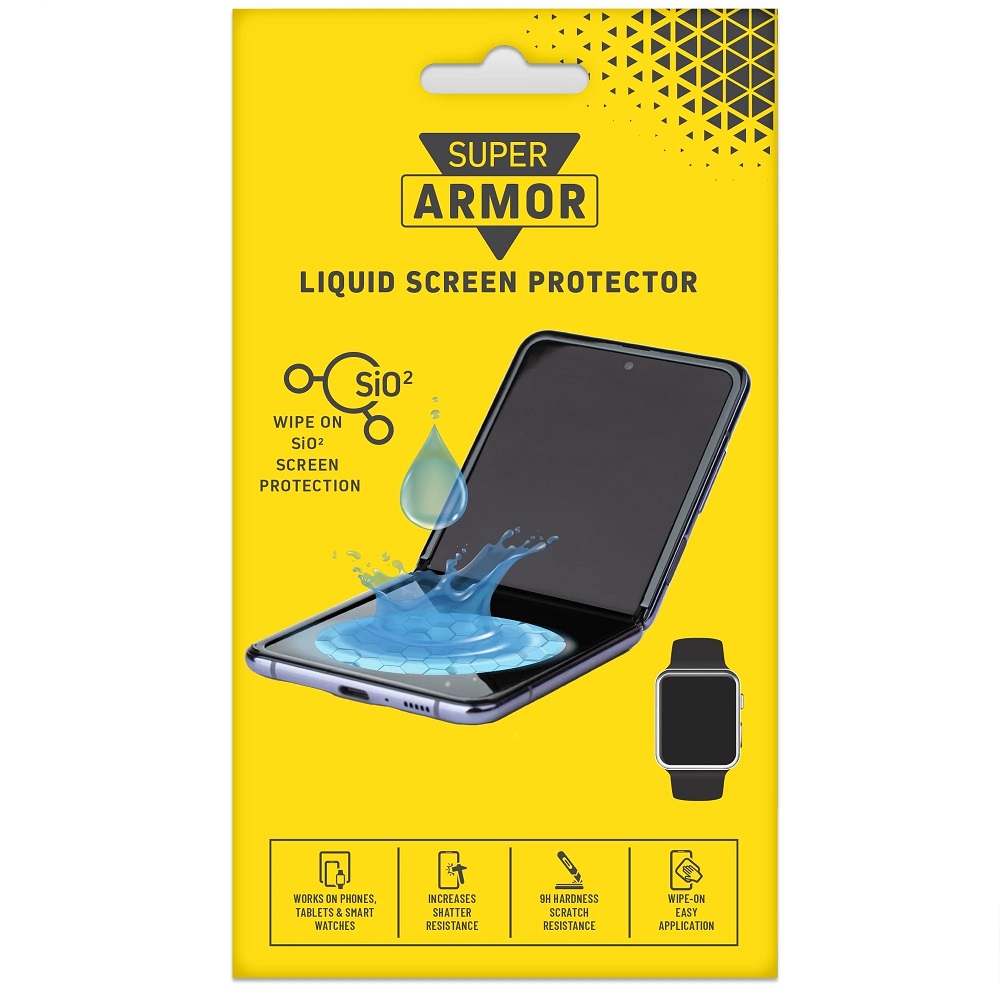
Application Process and Potential Inconsistencies
Liquid screen protectors offer a simple, bubble-free application. But, they also come with challenges that users may face. Here are some potential inconsistencies:
- Uneven Layering Possible: The liquid needs an even spread across the screen. If not done right, protection can vary in different spots.
- User Error During Application: Missteps by the user can lead to streaks or missed areas. This might compromise the screen’s defense.
- Difficulty in Re-application: After some time, a re-application is needed. This could be tricky for users to get consistent coverage again.
- Sensitive to Conditions: The liquid’s bonding process needs ideal conditions. Too much humidity or the wrong temperature can affect the final result.
It’s vital for users to follow precise instructions. They must ensure the right application to avoid these potential inconsistencies. This can make or break the effectiveness of a liquid screen protector.
Durability Concerns
While liquid screen protectors offer enhanced scratch resistance, there are significant durability concerns to consider. The longevity of these protectors primarily depends on the usage and environmental factors they are exposed to. Here’s what you should know about the durability aspects of liquid screen protectors:
- Shorter Lifespan Than Tempered Glass: Unlike tempered glass, which maintains its protection features until broken, the effectiveness of liquid protectors can diminish over time.
- Frequent Reapplication Needed: Due to their nature, liquid screen protectors may require reapplication every few months, depending on how frequently the device is used and the extent of exposure to elements like dust and oils.
- Vulnerable to Harsh Conditions: While they hold up well against scratches, these protectors are less resilient under harsh conditions, such as exposure to extreme temperatures or chemicals, which can degrade their protective qualities faster.
- Inconsistent Protection Over Time: The initial application might offer robust protection, but as the nano-coating wears off, the screen becomes more susceptible to damage.
It is essential for users to regularly check the condition of their screen protector and apply a new layer when necessary. This proactive maintenance ensures continuous protection and helps extend the life of the device screen.
Cost Analysis: Investment vs. Performance
When considering a liquid screen protector, it’s important to evaluate the investment versus the performance you’re getting. Here’s a cost analysis breakdown reflecting the long-term value of these protectors:
- Higher Initial Cost: Liquid screen protectors generally carry a higher price tag than traditional ones.
- Possible Reapplications: You might need to reapply the liquid protector multiple times, adding to the cost over time.
- Scratch Resistance: The high hardness level does provide excellent resistance to scratches which may prolong the pristine condition of your screen.
- Limited Impact Protection: If you drop your device often, the added expense of a liquid screen protector might not suffice as impact protection is limited. This means you might have to invest in a tempered glass protector for added security.
- Cost of Mistakes: If you make an error during application, you may waste the product and need to buy more.
When choosing, consider how often you drop your phone and how you use it. If scratch protection is your main concern, the higher cost might be worth it. But if you’re looking for impact protection, the additional investment in a tempered glass protector could be more cost-effective. Compare the options based on your usage and preferences to make the best decision for your device.
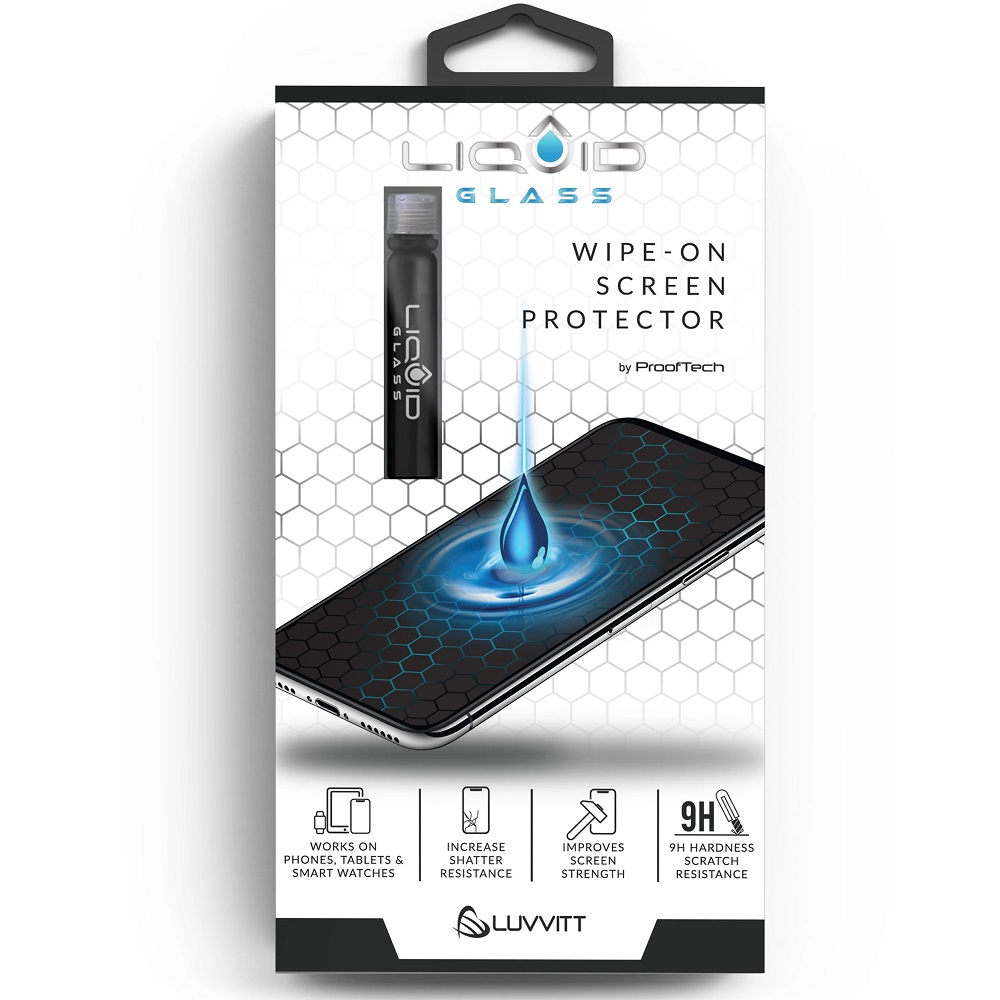
Compatibility with Various Devices
When looking at the usefulness of liquid screen protectors, it’s vital to consider their compatibility. Liquid screen protectors are quite versatile. They can be used on a wide range of devices with smooth, flat surfaces. Here are some key compatibility insights:
- Universal Application: These protectors are not limited to smartphones and tablets. They work on devices like cameras, smartwatches, and wearables.
- Suitable for Curved Screens: Their liquid form fits curved screens better than rigid tempered glass.
- Use on Non-screen Surfaces: They can also protect gadget casings and other accessories from scratches.
However, there are also compatibility considerations to keep in mind. These include:
- Effectiveness on Different Materials: The protective quality might vary on different surface materials.
- Pre-existing Screen Coatings: On devices with special factory coatings, the liquid protector might not bond as effectively.
- Specific Device Restrictions: Always check if the liquid protector is safe for your particular device model.
In conclusion, liquid screen protectors offer broad compatibility. They provide a level of adaptability that is quite appealing. Users should pay attention to the material and existing coatings when applying. By doing so, they can maximize the benefits of their chosen screen protection method.
Environmental and Health Considerations
When considering liquid screen protectors, it’s important to recognize environmental and health factors. Many users favor products that are safe and eco-friendly. Liquid screen protectors often boast such benefits. Here are key considerations:
- Eco-Friendly Ingredients: Look for products with non-toxic, environmentally safe components.
- Application Safety: Using the protector should be a safe process, without harmful fumes.
- Disposal Concerns: Consider how the product and its packaging can be disposed of responsibly.
- Longevity vs. Waste: Frequent reapplication means more packaging waste over time.
Manufacturers of liquid screen protectors typically highlight their product’s safety and eco-friendly nature. Consumers should verify these claims by researching ingredients and company practices. While these protectors align with eco-conscious values, potential waste from regular reapplication may be a concern. Users should assess both the environmental impact and health implications before making a decision.
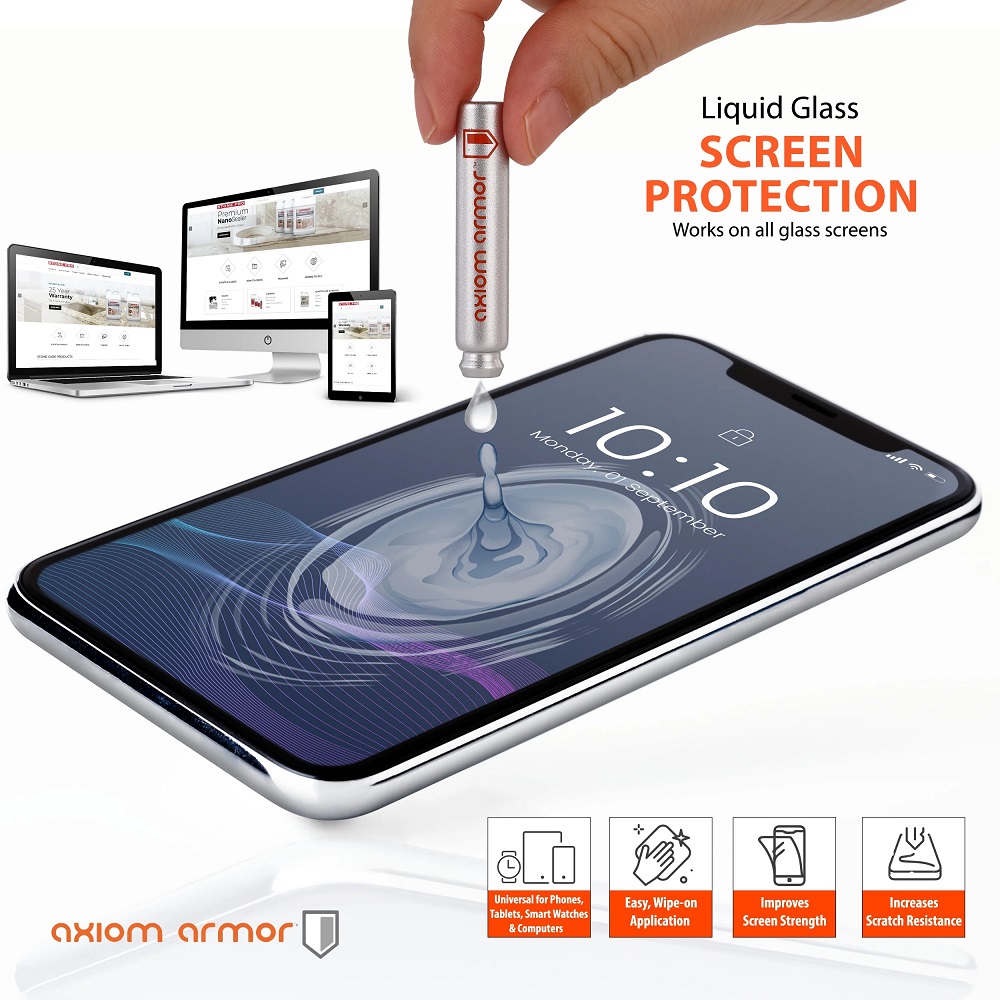
Comparing Liquid Screen Protectors and Tempered Glass Options
When comparing liquid screen protectors and tempered glass options, it’s essential to understand their unique advantages and limitations so you can decide which is best suited for your device. Here’s a concise breakdown.
Key Benefits of Liquid Screen Protectors
- Enhanced Scratch Resistance: Their nanotechnology-based formulation provides superior protection against scratches.
- Smooth Application: Easily applied, creates a bubble-free screen surface offering a seamless look.
- Universal Suitability: Works effectively on various devices including curved screens.
- Improved Aesthetics: They maintain the screen’s original clarity and brightness without added bulk.
- Eco-friendliness: Many brands use non-toxic materials making them safer for the environment.
Key Benefits of Tempered Glass Protectors
- Superior Impact Resistance: They offer better protection against severe impacts and drops.
- Long-Lasting Durability: Once applied, they usually do not require frequent replacement or reapplication.
- Tactile Feel: Provides a solid, reassuring screen feel simulating the original glass.
- Enhanced Oil & Smudge Resistance: Often includes an oleophobic coating to reduce fingerprints.
Deciding Factors
- Device Usage: Consider how often you drop your device or expose it to potential damage.
- Visual Preference: Some users prefer the robust feel of glass protectors while others go for the ultra-thin liquid option.
- Environmental Impact: Liquid protectors tend to be less wasteful in terms of material usage.
- Cost Over Time: Factor in the longevity and possible reapplications when assessing the cost.
Choosing the right type of screen protector depends on your specific needs, habits, and preferences. By considering these factors, you can make an informed decision that balances protection, usability, and cost-effectiveness.
